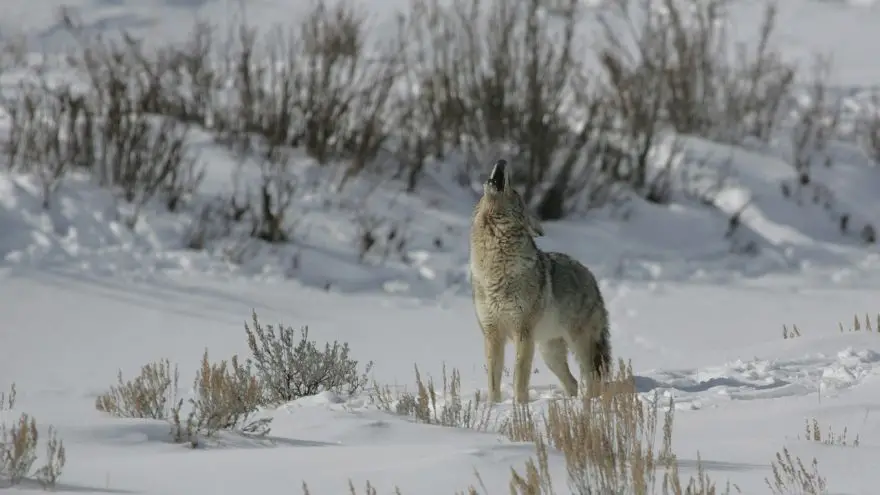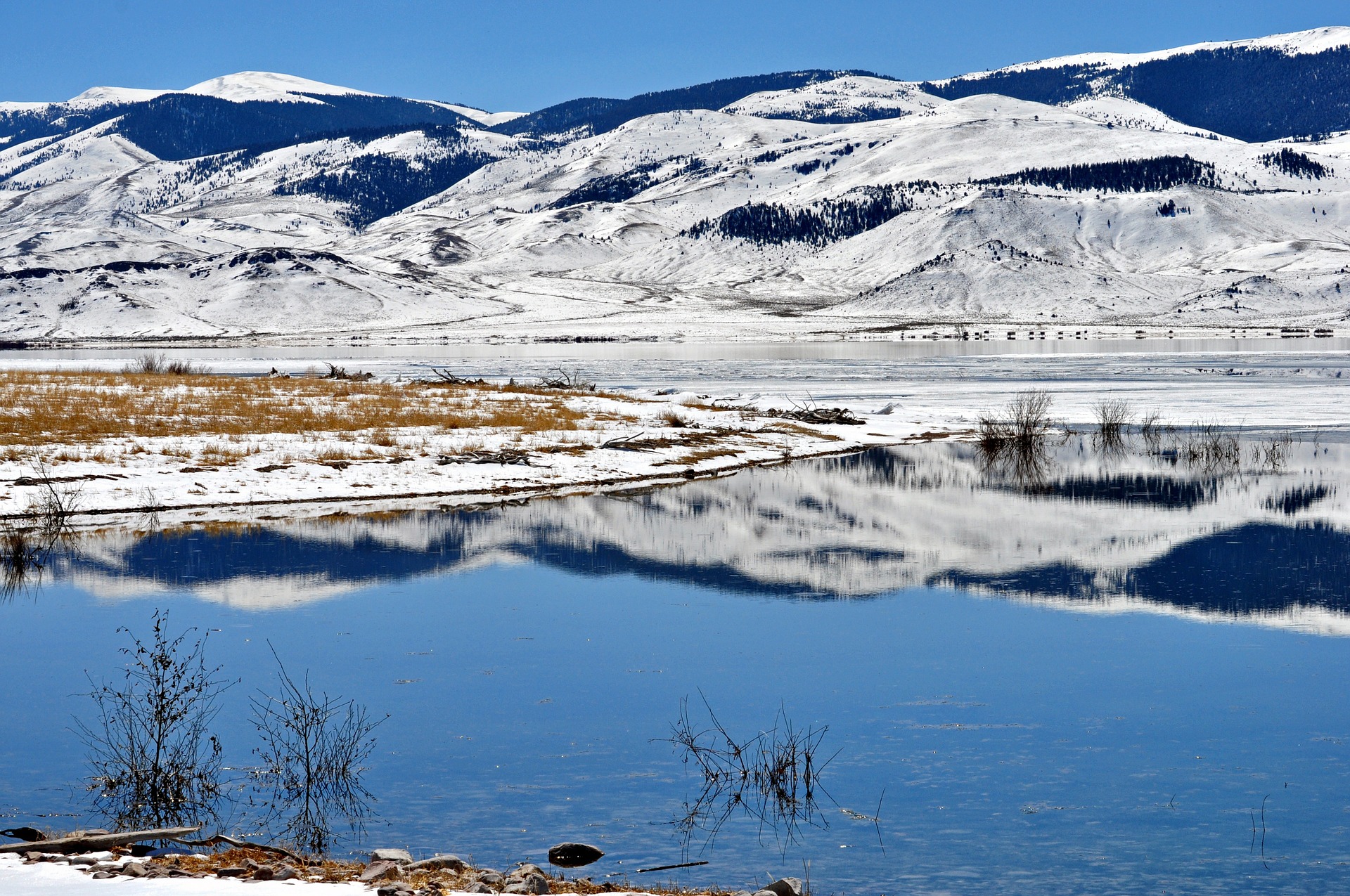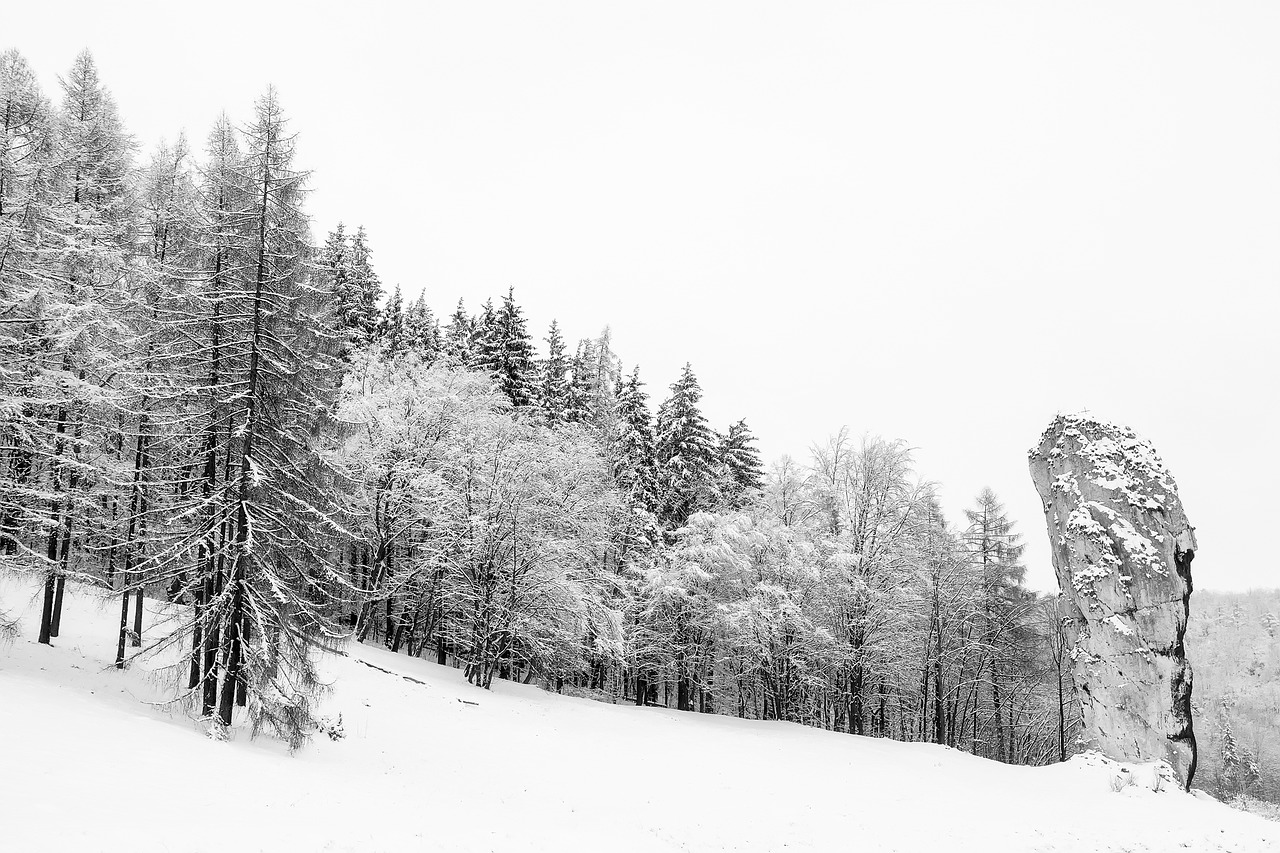Winter Tips For Predator Hunting
 Winter Tips For Predator Hunting
thegearhunt.com
Winter Tips For Predator Hunting
thegearhunt.com
While the fall season is generally regarded as being the best time to go hunting, the winter also provides an excellent opportunity for hunting predators such as coyotes once deer hunting season ends.
Hunting predators, in general, is not as easy as it may sound. Coyotes, for instance, regularly run for miles each day to ensure that they find food. In contrast to this, herbivores such as deer and elk who live off of a plant diet only need to keep themselves within a relatively small range.
In fact, it’s possible for a coyote to roam over a hundred square miles when searching for food. They may even travel more than that during the winter because they need to get extra food for their pups when they are born in the spring.
In other words, you simply can’t expect to hunt predators the same way that you can hunt deer. Whereas with deer you can find somewhere and sit to wait for them to come by, you’re going to have to be a lot more creative when hunting coyotes.
But here’s a way to think about it: just as a coyote is going to be absolutely persistent in how it searches for food to survive, so do you have to be persistent when hunting coyotes. This, and having the knowledge of how to hunt them, is what you will need to have a successful hunt.

For the rest of this article, we will outline and discuss some important tips to follow for the next time when you go coyote hunting in the winter:
Rain and snow are great for hunting
When it’s raining or snowing outside during the winter, many hunters will stay home because they either don’t believe that coyotes will not be out in that kind of weather or they just don’t want to be out in it.
Also worth reading winchester model 70 super grade
In reality, rain or snow is the best time to go coyote hunting. The reason why is because the precipitation and the sound of the rain will do a lot to conceal your movement, scent, and your sound. As a result, it will not be as easy for a coyote or any other kind of predator to detect you, and you’ll be more likely to get closer to take a shot.

Use calls
Since coyotes roam over a wide range to search for food, the moment they hear a squealing squirrel or rabbit (or think they do), they’ll be trotting right over.
The primary component of a coyote’s diet is small game, such as squirrels and chipmunks, rabbits and hairs, birds, turkeys, grouse, and armadillos. If you select a high quality call for any of these animals and use it consistently during the hunt, you will greatly increase the chances of a coyote coming running by. You’ll further boost the efficiency of this if you use a decoy out in the open.

Have the right shooting gear
The best calibers to use for coyote and any other similarly sized small to midsized predator will be .223 Remington/5.56x45mm NATO, .30-30 Winchester, or .308 Winchester. If you go for a caliber that you would use for a larger animal like elk, such as .30-06 Springfield or .300 Winchester Magnum, you risk ruining the hide of the coyote.
Also worth reading hunting rifle brands
Other gear that many coyote hunters don’t think of bringing with them is a good pair of shooting sticks, especially if you plan on doing in shooting in open areas. The biggest advantage that shooting sticks offer is they allow you to hold your cross hairs or sights steadier on your target, so you can aim better for the vital regions to make a clean kill.

Follow deer tracks
Wait, why would you follow deer tracks when hunting predators such as coyote? The reason why is because predators will often follow deer for food. While coyotes may be too small to bring down a full grown deer, the carcass of a deer is one of their top sources of food.
While following deer tracks will not always guarantee that you find a coyote, it’s still a shot worth taking.

Search for water
All animals need water in order to survive, and that includes coyotes. Even though coyotes are constantly on the search for food, they will also stick close to water such as streams, rivers, and lakes.
Hunting near a running stream of water in particular can help to conceal your sound much like the rain can, which will be a huge benefit to you if you want to get up close to a coyote.

Avoid thick woods and bushes
The best places to hunt for coyotes is in open fields or clearings. You’ll want to avoid thick woods and brush at all costs. Coyotes blend in very well with this kind of cover and they may be able to dash from brush to brush before you can bring your rifle up to take a shot.
Instead, the best place for you to be will be on the edge of the forest or brush (where you can conceal yourself) at the edge of a clearing. Set up your decoy in the middle of the clearing and begin using your calls. Wait for a coyote to appear on the other side of the clearing and come trotting along to make your shot.
Furthermore, hunting in thick brush presents more opportunities for stepping on sticks and twigs and alerting predators to your presence. The moment they are aware of your presence, they will leave the area immediately.

Don’t dress as warmly as you think
Since it’s winter, you may believe that you need to dress in the warmest clothes that you can. The reality is that dressing this warmly will limit your mobility and cause you to exert more energy while you move, and furthermore your body will sweat more.
The last thing you want to do in the winter is sweat. Once the perspiration freezes to your skin, it will lower your body temperature rapidly.
The best clothes to wear for a winter hunt will be a wool jacket and pants. Wool is very warm and insulating and adequately protects your body against moisture. Furthermore, it’s very quiet, and allows you to move stealthily.















